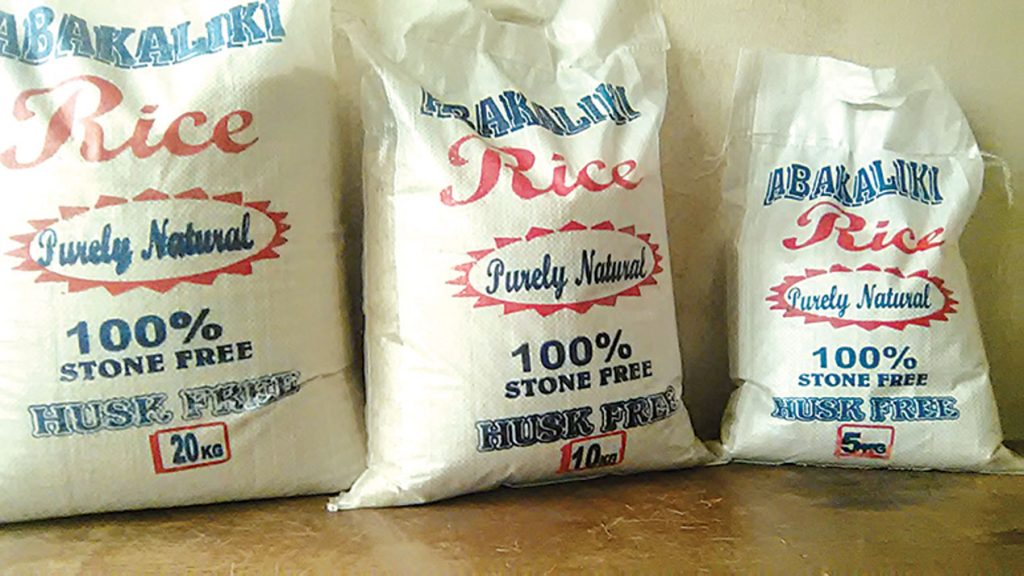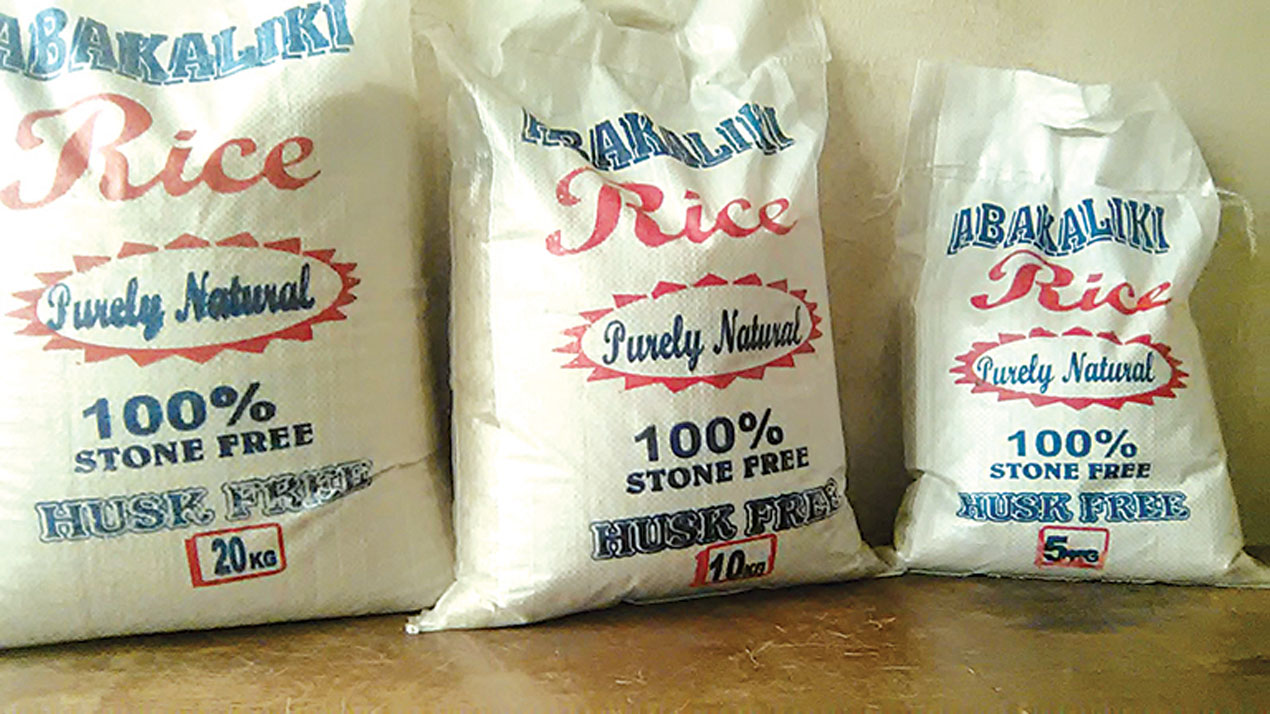The Federal Government on Thursday launched the National Rice Development Strategy II (NRDS II, 2020-2030), with the target of improving rice production to 34 million metric tons per annum by 2030.
Launching NRDS II in Abuja, the Minister of State for Agriculture and Rural Development, Mustapha Shehuri, said the Rice Value Chain has been identified as being strategic to achieving food and nutrition security.
He recalled that the NRDS I which was used to develop the Rice Transformation Agenda under the Agricultural Transformation Agenda and Agricultural Promotion Policy (APP) served as a catalyst for the commencement of the Rice revolution in the country.
The Minister said its implementation began with the adoption of a Value Chain system as a holistic approach to transform the Rice sector in Nigeria.
He said following the successes recorded by NRD I, it was reviewed to give rise to the formulation of a new NRDS document in 2021.
“The NRDS II document is a ten-year plan which seeks to provide direction for the development of the rice subsector to achieve the Government’s goals of self-sufficiency in Rice production, Food and Nutrition Security, Employment Creation and Production of surplus for export.
“The document was adopted at the 4th National Council of Agriculture (NCA) which was held at the International Conference Centre, Abuja in 2021 by all the Stakeholders with support from the Competitive Africa Rice Platform (CARP).
According to the NRDS II document obtained by Nigerian Tribune, the Federal Government is targeting that by 2030, paddy production will double to 34 million metric tons.
“For Nigeria, future output beyond 20-25million MT of paddy per annum from the current production area and with one crop per year remain uncertain except over 50% of all rice farmers are able to cultivate at least two crops per year either from a fully irrigated surface or from rain-fed lowland with alternative water supply system.
“Therefore, rain-fed lowland areas with supplementary irrigation would be increased from 450,000ha to 1.2 million ha and irrigated areas with full water control would be doubled to 1.5 million ha.
“To enhance the resilience of production, eight (8) climate-smart varieties adapted or tolerant to floods, drought, salinity, and heat as well as pests and diseases are to be developed. Two (2) hybrid rice varieties are also expected to be developed.
“By 2030 it is expected that 66.6 MT of the breeder, 5,327.3MT foundation and 426,184 MT of certified seeds would be produced and 80% of rice farmers would be using certified seeds.
“Both material and human resources of the institutions responsible for the seed system would be improved and strengthened to achieve the set targets.
“Improve mechanization to ensure that 50% of rice farmers have access to modern machinery for production, reduce harvest and post-harvest losses by 50%. Develop mechanization business models that work for smallholder farmers and reduce inappropriate use of mechanization.
“Enhance the quality of domestic milled rice to improve its market competitiveness. Organize 60% of small to medium-scale millers into clusters for effective interventions to upgrade their machinery and equipment and capacity building.
“Improve the milling efficiency of integrated millers and small-scale millers by 65% and 60% respectively. Increase small/ medium scale millers’ access to finance by 50%. Training of millers on food safety standards, grading, packaging, and branding. Increase national paddy aggregation by 60%.

“Clustering of farmers and processors to improve access to markets and financial services by 50%. Support rice farmers and processors to achieve 40% financial access for machinery acquisition.
“A robust monitoring and evaluation framework has been designed for the effective and efficient implementation of the NRDS II to achieve its strategic goals. Policy recommendations on key issues to aid its implementation were also made”, the document noted.
On his part, the Governor of Kebbi State Atiku Bagudu said Nigeria has done well in the rice sub-sector by increasing production and mobilising private sector investment among others.
“We have done well in the rice sub-sector, the increase in production, the mobilisation of the private sector investment, the coming together of financiers, scientists, policymakers under the leadership of the Ministry of Agriculture, has produced monumental results in terms of we have moved slightly above 15 million metric tons of rice production.
“That we have done well does not mean that we cannot do better, that again needs to be appreciated, the goal of doubling rice production by 2030 to 30 million metric tons is even modest and in terms of the fact that we have seen a rapid increase in yield, we have seen revolution at the farmer level”, the Governor stated.


